Home>Gardening & Outdoor>Outdoor Structures>How To Build A Log Cabin Shed
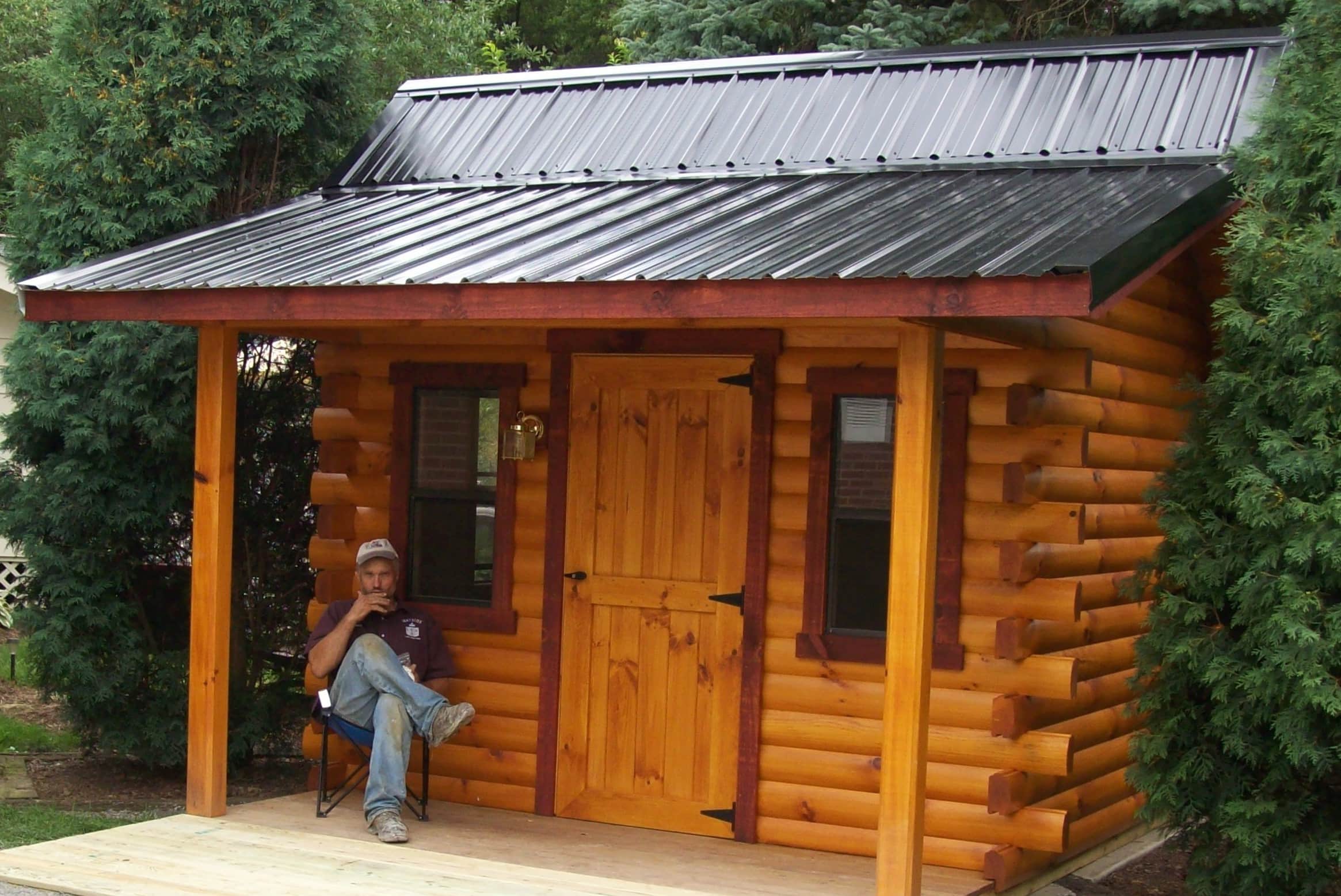

Outdoor Structures
How To Build A Log Cabin Shed
Published: January 19, 2024
Learn how to build a sturdy log cabin shed for your outdoor structures. Get step-by-step guidance and tips for creating the perfect outdoor space.
(Many of the links in this article redirect to a specific reviewed product. Your purchase of these products through affiliate links helps to generate commission for Storables.com, at no extra cost. Learn more)
Introduction
So, you've decided to add a touch of rustic charm to your property by building a log cabin shed. Congratulations! This venture promises not only a functional storage space but also a visually appealing structure that blends seamlessly with nature. Whether you're an experienced DIY enthusiast or a novice builder, constructing a log cabin shed can be a rewarding and fulfilling project.
In this comprehensive guide, we'll walk through the step-by-step process of building a log cabin shed, from selecting the ideal location to adding the finishing touches. By the end of this journey, you'll be equipped with the knowledge and confidence to embark on this exciting endeavor. So, roll up your sleeves, gather your tools, and let's dive into the enchanting world of log cabin shed construction!
Key Takeaways:
- Choosing the perfect location and gathering high-quality materials are crucial for building a charming log cabin shed that blends seamlessly with nature and stands the test of time.
- From laying the first log to adding finishing touches, constructing a log cabin shed is a rewarding journey that combines creativity, skill, and a deep connection to the environment.
Read more: How To Build Log Cabin With Hand Tools
Choosing the Right Location
Before you start gathering materials and swinging hammers, it's crucial to carefully select the perfect spot for your log cabin shed. The location should complement the natural surroundings and provide convenient access for both construction and future use.
Consider the following factors when choosing the location:
- Accessibility: Ensure that the location is easily accessible, allowing for the transport of materials and the movement of construction equipment. Additionally, think about how you will access the shed once it's completed.
- Ground Stability: Look for a level and stable area to serve as the foundation for your shed. Avoid low-lying areas that are prone to flooding, as well as spots with poor drainage.
- Exposure to Elements: Assess the sun and wind patterns in the area. Position the shed to take advantage of natural light while providing protection from strong winds.
- Regulations and Permits: Check local building codes and regulations to ensure compliance. Some areas may require permits for the construction of outbuildings, so it's essential to be informed before breaking ground.
Once you've considered these factors, take a stroll around your property and visualize the placement of the log cabin shed. Imagine how it will look amidst the landscape and how it will function within your daily routine. By carefully selecting the right location, you set the stage for a successful and harmonious integration of your log cabin shed into its natural environment.
Gathering Materials
With the location chosen, it’s time to gather the materials needed to bring your log cabin shed to life. This step is essential for ensuring a smooth and efficient construction process. Here’s a breakdown of the primary materials you’ll need:
- Logs: The star of the show! Select high-quality, treated logs that are suitable for construction. The size and quantity will depend on the dimensions of your shed.
- Foundation Materials: Depending on your preference and the terrain, you may need concrete blocks, gravel, or treated lumber to create a stable foundation for the shed.
- Roofing Materials: This includes shingles, metal roofing panels, or other roofing materials of your choice. Ensure that they are durable and weather-resistant.
- Doors and Windows: Choose sturdy, weather-sealed doors and windows that complement the rustic aesthetic of the log cabin shed.
- Fasteners and Sealants: Nails, screws, and sealants are essential for securing the logs and ensuring that the structure is weather-tight.
- Tools: Gather a comprehensive set of tools, including a chainsaw, hammer, drill, level, and safety equipment. Having the right tools on hand will make the construction process more efficient.
It’s important to source high-quality materials to ensure the longevity and structural integrity of your log cabin shed. Consider reaching out to local suppliers or specialty stores that cater to log cabin construction. Additionally, don’t hesitate to seek advice from professionals or experienced builders when selecting materials, as their expertise can be invaluable.
By carefully gathering the necessary materials, you set the stage for a successful and rewarding construction journey, bringing you one step closer to enjoying your own charming log cabin shed.
Preparing the Foundation
Before the first log is laid, it’s crucial to establish a solid and level foundation for your log cabin shed. The foundation serves as the anchor for the entire structure, providing stability and protection against ground moisture. Here’s a step-by-step guide to preparing the foundation:
- Site Preparation: Clear the chosen area of any debris, rocks, or vegetation. Use a shovel and rake to level the ground, ensuring that it is flat and free of any obstructions.
- Marking the Layout: Use stakes and string to outline the dimensions of the shed’s foundation. Double-check the measurements to ensure accuracy.
- Excavation: Depending on the type of foundation you’ve chosen, such as concrete blocks or gravel, excavate the marked area to the required depth. Remove any excess soil and debris from the site.
- Adding Base Material: If you’re using gravel for the foundation, spread a layer of compactible gravel evenly across the excavated area. Use a tamper to compress the gravel, creating a stable base.
- Installing Foundation Blocks: For a concrete block foundation, carefully lay the blocks according to the shed’s layout, ensuring that they are level and properly aligned. Use a level and string to maintain accuracy.
- Leveling and Compacting: Once the foundation material is in place, use a level to ensure that the surface is even and flat. Compact the material to create a solid base for the shed.
By meticulously preparing the foundation, you establish a reliable base for the construction of your log cabin shed. A well-executed foundation not only ensures the structural integrity of the shed but also contributes to its long-term durability. With the foundation in place, you’re ready to embark on the exciting phase of building the log cabin walls.
Building the Log Cabin Walls
As you begin constructing the walls of your log cabin shed, you’re embarking on the most visually impactful phase of the project. The sturdy, interlocking logs will form the framework of your rustic retreat, exuding timeless charm and natural beauty. Here’s a step-by-step guide to building the log cabin walls:
- Preparing the First Course: Lay the first row of logs on the foundation, ensuring that they are level and well-aligned. Use a rubber mallet and a level to adjust the position of the logs as needed.
- Interlocking the Logs: As you add subsequent courses of logs, interlock the corners using notches or overlapping joints. This creates a secure and stable connection between the logs, forming the characteristic log cabin wall structure.
- Securing the Logs: Use screws or specialized log fasteners to secure the logs in place. Pre-drill holes to prevent splitting and ensure a snug fit for the fasteners.
- Insulation and Sealing: Depending on your climate, consider adding insulation between the logs to regulate temperature and improve energy efficiency. Additionally, use a high-quality sealant to fill in any gaps between the logs, ensuring that the structure is weather-tight.
- Window and Door Openings: As you progress, leave openings for windows and doors within the log walls. Ensure that these openings are properly framed and reinforced to support the installation of windows and doors.
Building the log cabin walls requires precision and attention to detail, as each log plays a crucial role in the structural integrity and aesthetic appeal of the shed. As the walls take shape, step back and admire the timeless beauty of the log construction, knowing that you’re creating a space that seamlessly blends with its natural surroundings.
With the walls in place, the next phase of the construction journey involves crowning your log cabin shed with a sturdy and protective roof.
When building a log cabin shed, make sure to properly prepare the foundation by leveling the ground and using treated lumber to prevent rot.
Read more: How Much Is Log Cabin Siding
Installing the Roof
With the log cabin walls standing tall, it’s time to complete the structure by installing a reliable and weather-resistant roof. The roof not only provides essential protection from the elements but also adds character to your log cabin shed. Here’s a guide to the roof installation process:
- Choosing the Roofing Material: Select a roofing material that complements the rustic aesthetic of the log cabin shed while offering durability and weather resistance. Options may include shingles, metal roofing panels, or cedar shakes.
- Preparing the Roof Frame: Ensure that the roof frame is structurally sound and capable of supporting the chosen roofing material. Add additional framing and bracing if necessary to reinforce the roof structure.
- Applying Underlayment: Before installing the final roofing material, apply a weather-resistant underlayment to provide an additional barrier against moisture and ensure proper drainage on the roof surface.
- Installing the Roofing Material: Follow the manufacturer’s guidelines to install the chosen roofing material, whether it involves laying shingles, securing metal panels, or arranging cedar shakes. Pay close attention to proper fastening and overlapping to create a watertight seal.
- Flashing and Trim: Add flashing around roof penetrations, such as chimneys or vents, to prevent water infiltration. Install trim along the edges of the roof to provide a finished look and further protect the roof’s perimeter.
As you complete the roof installation, take a moment to appreciate the transformation of your log cabin shed into a fully enclosed and sheltered space. The roof not only safeguards the structure but also enhances its visual appeal, adding the final touch to your rustic retreat.
With the roof in place, the next steps involve outfitting your log cabin shed with doors and windows, bringing functionality and charm to the completed structure.
Adding Doors and Windows
As your log cabin shed nears completion, the addition of doors and windows brings functionality, natural light, and ventilation to the interior space. These elements not only serve practical purposes but also contribute to the overall aesthetic and charm of the structure. Here’s a guide to adding doors and windows to your log cabin shed:
- Selecting Doors: Choose a sturdy and weather-sealed door that suits the style of your log cabin shed. Options may include traditional hinged doors or barn-style sliding doors, both of which offer accessibility and visual appeal.
- Installing Doors: Ensure that the door frame is securely anchored to the log walls, providing a snug fit and proper sealing. Adjust the hinges and hardware to ensure smooth operation and a tight closure.
- Choosing Windows: Select windows that complement the rustic charm of the log cabin shed while providing adequate natural light and ventilation. Consider the size, style, and placement of the windows to enhance the interior space.
- Placing and Sealing Windows: Frame the window openings within the log walls, ensuring a secure and weather-tight fit. Use a high-quality sealant to seal the gaps between the window frames and the logs, preventing drafts and moisture infiltration.
- Enhancing with Shutters: Consider adding decorative shutters to the exterior of the windows, further enhancing the visual appeal of the log cabin shed while providing additional protection and privacy.
As the doors swing open and the windows invite natural light, your log cabin shed transforms into a welcoming and functional space, ready to serve as a storage area, workshop, or peaceful retreat amidst nature. With these essential elements in place, the final phase of the construction journey involves adding finishing touches to complete the rustic charm of your log cabin shed.
Finishing Touches
As the construction of your log cabin shed draws to a close, the opportunity to add thoughtful details and finishing touches arises. These elements not only elevate the visual appeal of the structure but also contribute to its functionality and overall ambiance. Here are some finishing touches to consider adding to your log cabin shed:
- Stain or Sealant: Apply a protective stain or sealant to the exterior of the log walls, enhancing their natural beauty while safeguarding them from the elements. Choose a product designed for log cabins to ensure optimal protection and longevity.
- Interior Finishes: Consider adding interior finishes such as shelving, storage solutions, or a workbench to tailor the space to your specific needs. Embrace the rustic aesthetic by incorporating natural wood elements and functional storage options.
- Decorative Accents: Personalize the exterior of the log cabin shed with decorative accents such as flower boxes, hanging lanterns, or a welcoming sign. These details infuse character and charm into the space, making it feel like a cozy retreat.
- Landscaping: Surround the log cabin shed with landscaping elements such as native plants, a stone pathway, or a small patio area. Thoughtful landscaping enhances the natural integration of the structure within its surroundings, creating a harmonious and inviting environment.
- Interior Lighting: Install interior lighting to illuminate the space, making it functional and inviting, especially during the evening hours. Consider rustic light fixtures that complement the log cabin aesthetic while providing adequate illumination.
By adding these finishing touches, you transform your log cabin shed into a captivating and functional space that harmonizes with its natural setting. Each detail contributes to the overall ambiance, making the structure feel like a welcoming retreat amidst the beauty of the outdoors.
With the finishing touches complete, step back and admire the transformation of raw materials into a charming and functional log cabin shed. This accomplishment marks the culmination of your construction journey and sets the stage for years of enjoyment and utility from your rustic retreat.
Conclusion
Congratulations on completing the construction of your log cabin shed! This journey has been a testament to your dedication, craftsmanship, and appreciation for the timeless allure of rustic architecture. As you stand before the finished structure, surrounded by the natural beauty of the outdoors, take a moment to reflect on the rewarding experience of bringing this vision to life.
Building a log cabin shed is not merely a construction project; it’s a journey that intertwines creativity, skill, and a deep connection to the environment. From selecting the perfect location to adding the finishing touches, each step has contributed to the creation of a space that exudes charm and functionality.
As you look upon your log cabin shed, envision the countless possibilities it holds. It may serve as a storage haven for outdoor equipment, a workshop for creative endeavors, a tranquil retreat for relaxation, or a gathering place for cherished moments with friends and family. Its versatility and timeless appeal make it a valuable addition to your property.
Moreover, the construction of a log cabin shed fosters a profound appreciation for the art of traditional craftsmanship and the enduring beauty of natural materials. The interlocking logs, sturdy roof, welcoming doors, and charming windows stand as a testament to the artistry and resilience of log cabin construction.
As you embark on this new chapter with your log cabin shed, may it become a cherished sanctuary that embodies the spirit of rustic elegance and serves as a testament to your creativity and perseverance. Embrace the opportunities it presents, and may it be a source of joy, inspiration, and connection with the great outdoors for years to come.
With the completion of this project, you’ve not only built a log cabin shed but also woven a story of craftsmanship, creativity, and a deep appreciation for the timeless allure of rustic architecture. Your log cabin shed stands as a testament to your dedication, skill, and love for the natural world.
Frequently Asked Questions about How To Build A Log Cabin Shed
Was this page helpful?
At Storables.com, we guarantee accurate and reliable information. Our content, validated by Expert Board Contributors, is crafted following stringent Editorial Policies. We're committed to providing you with well-researched, expert-backed insights for all your informational needs.

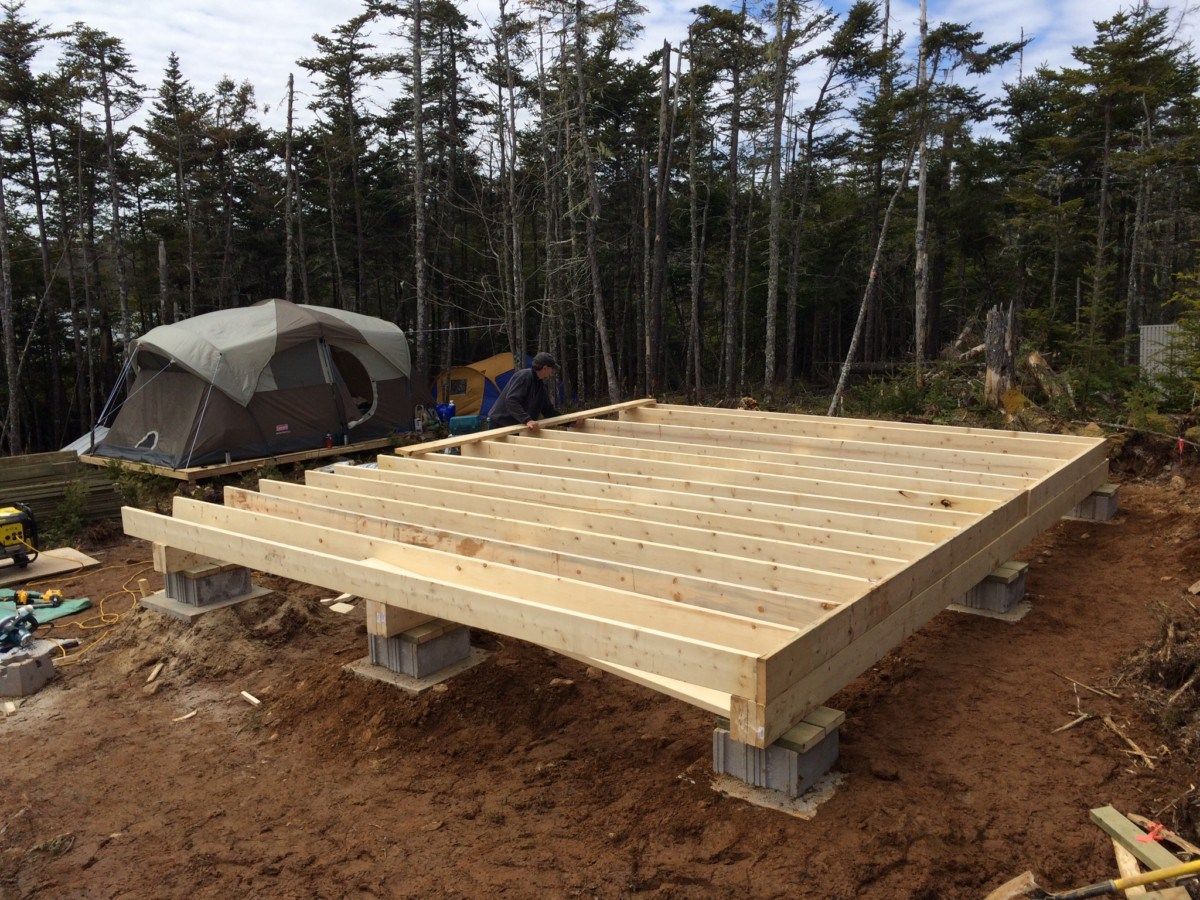
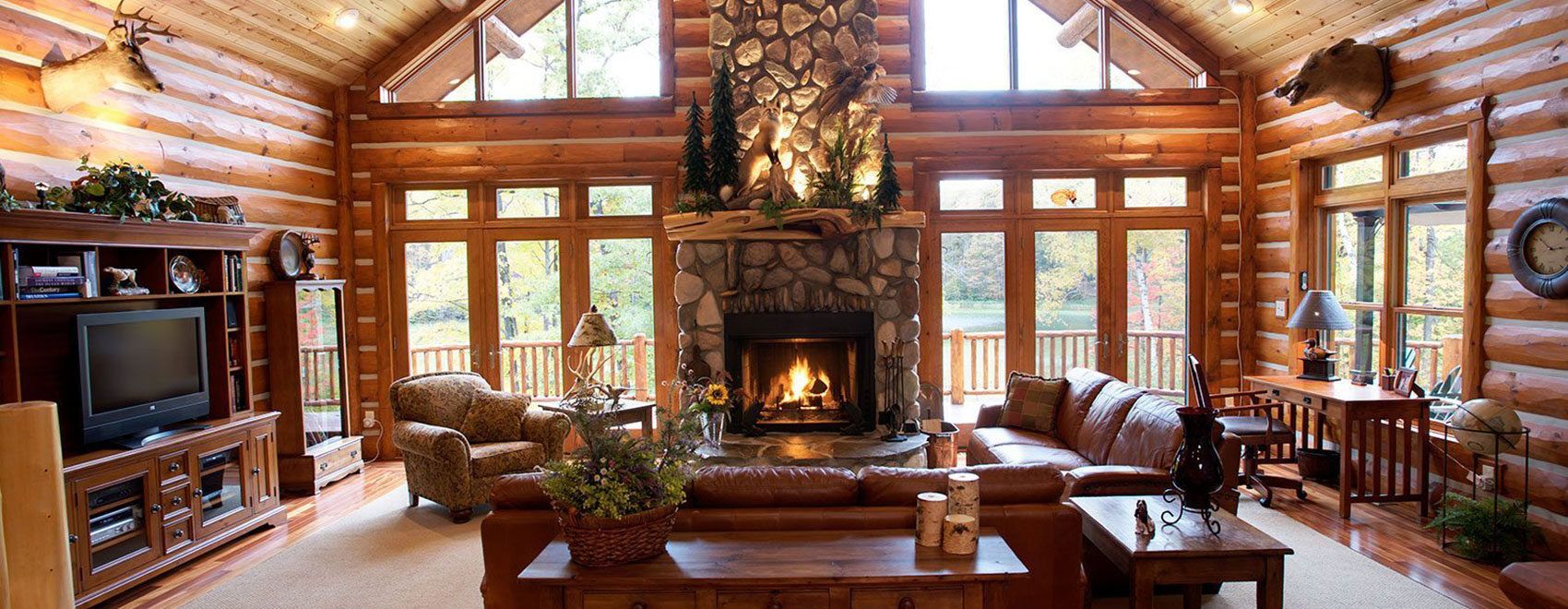
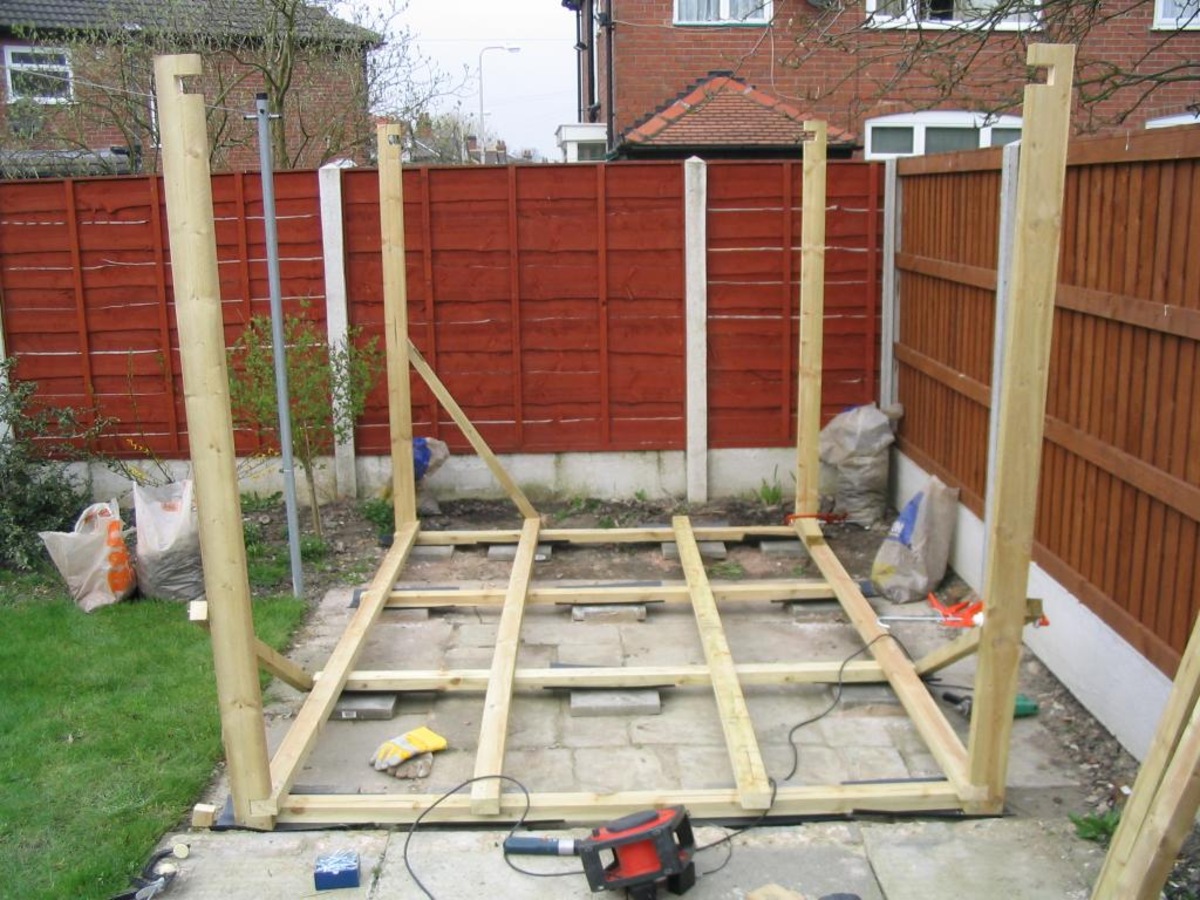
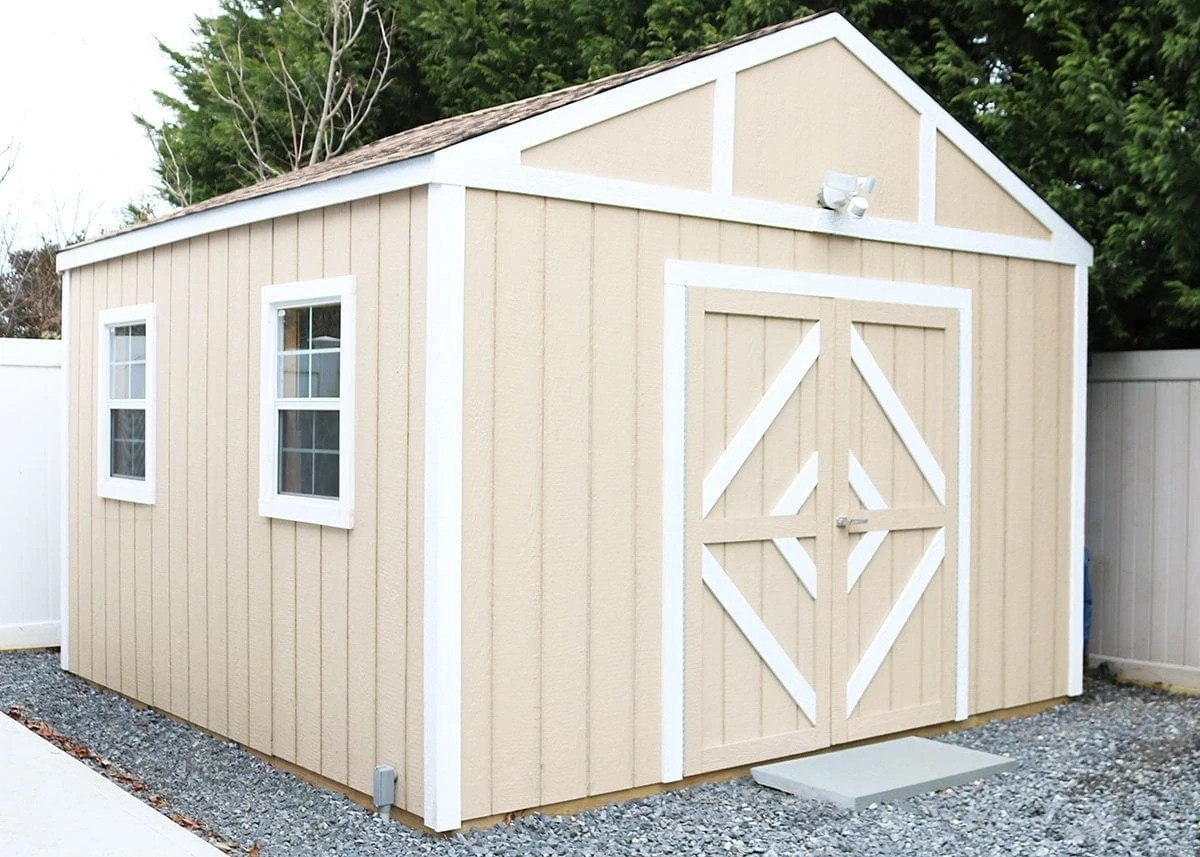
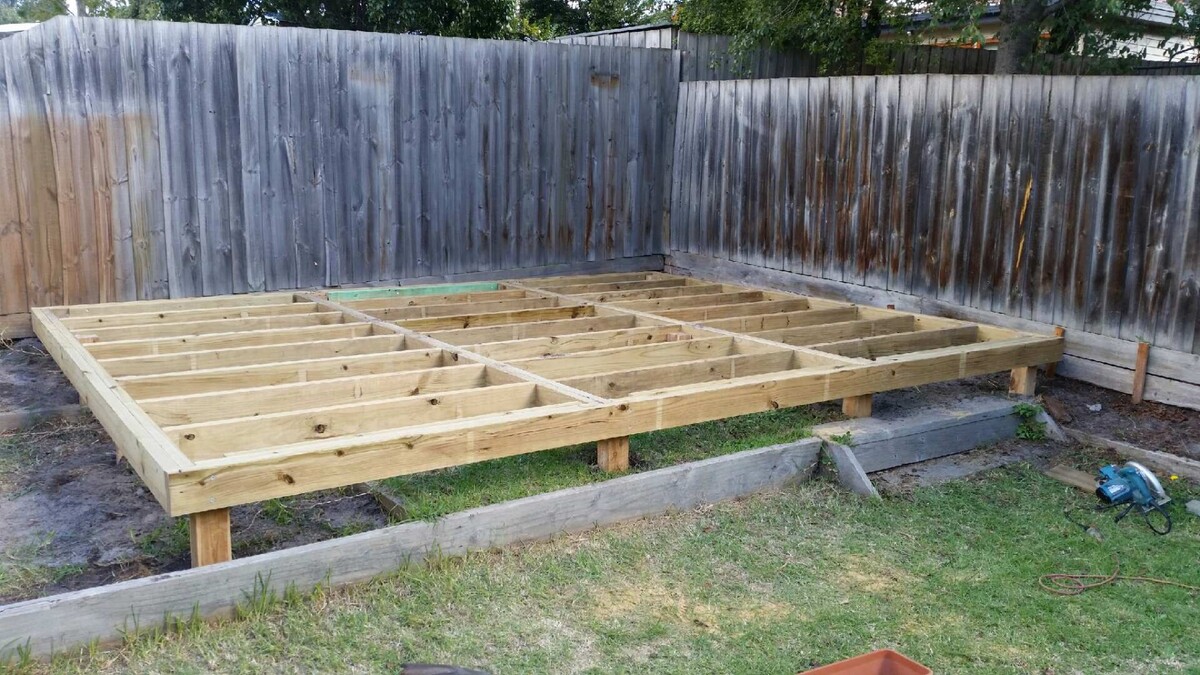

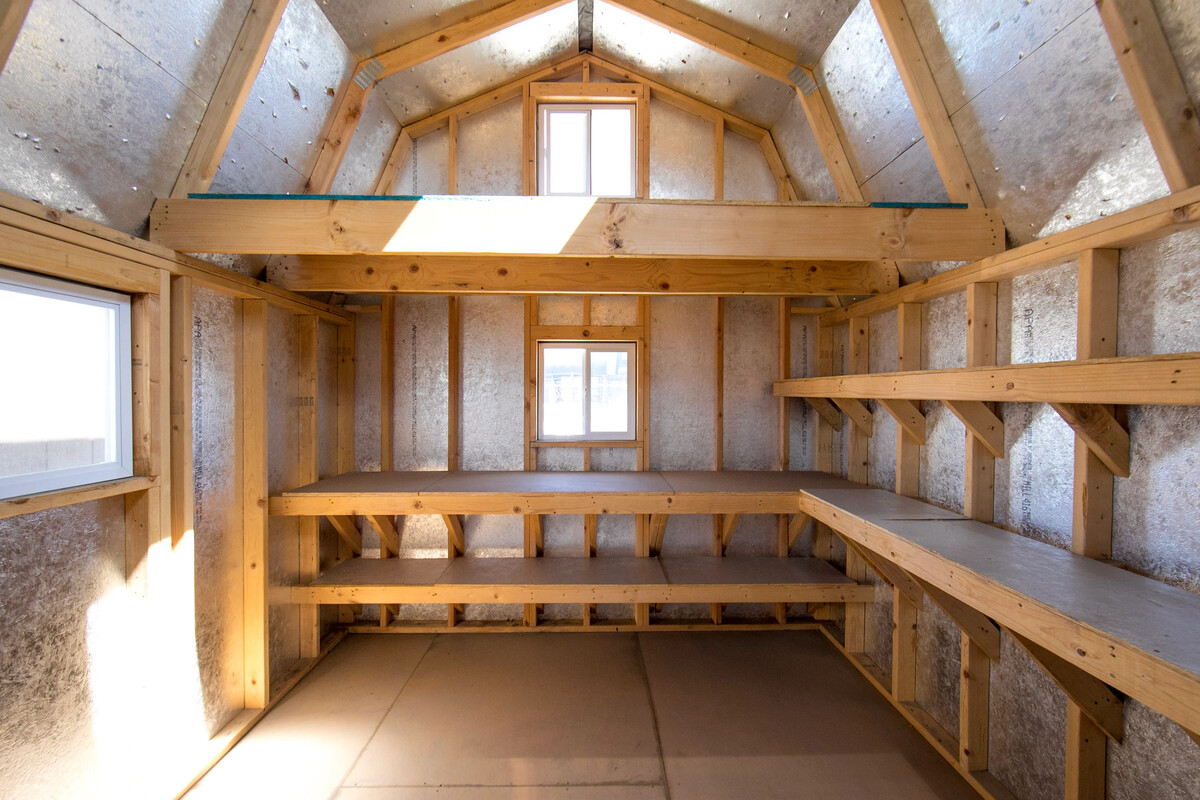
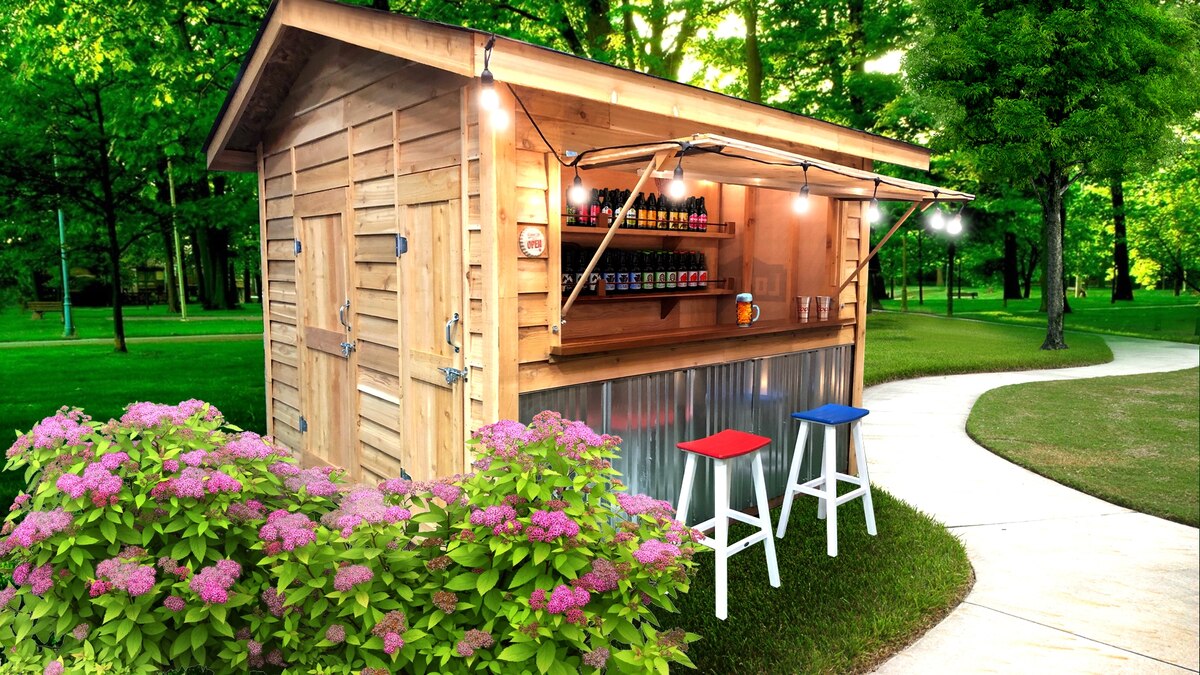
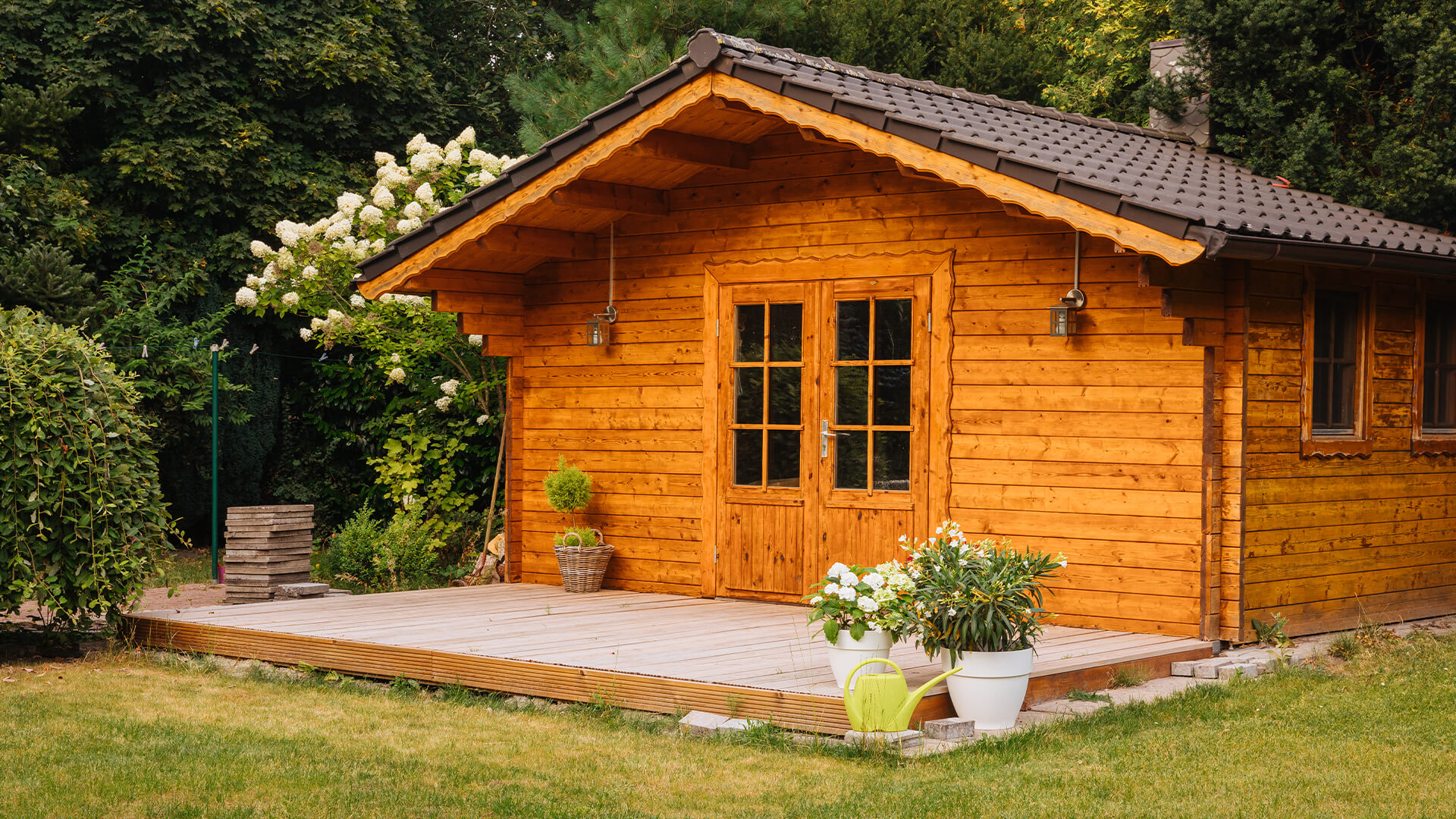
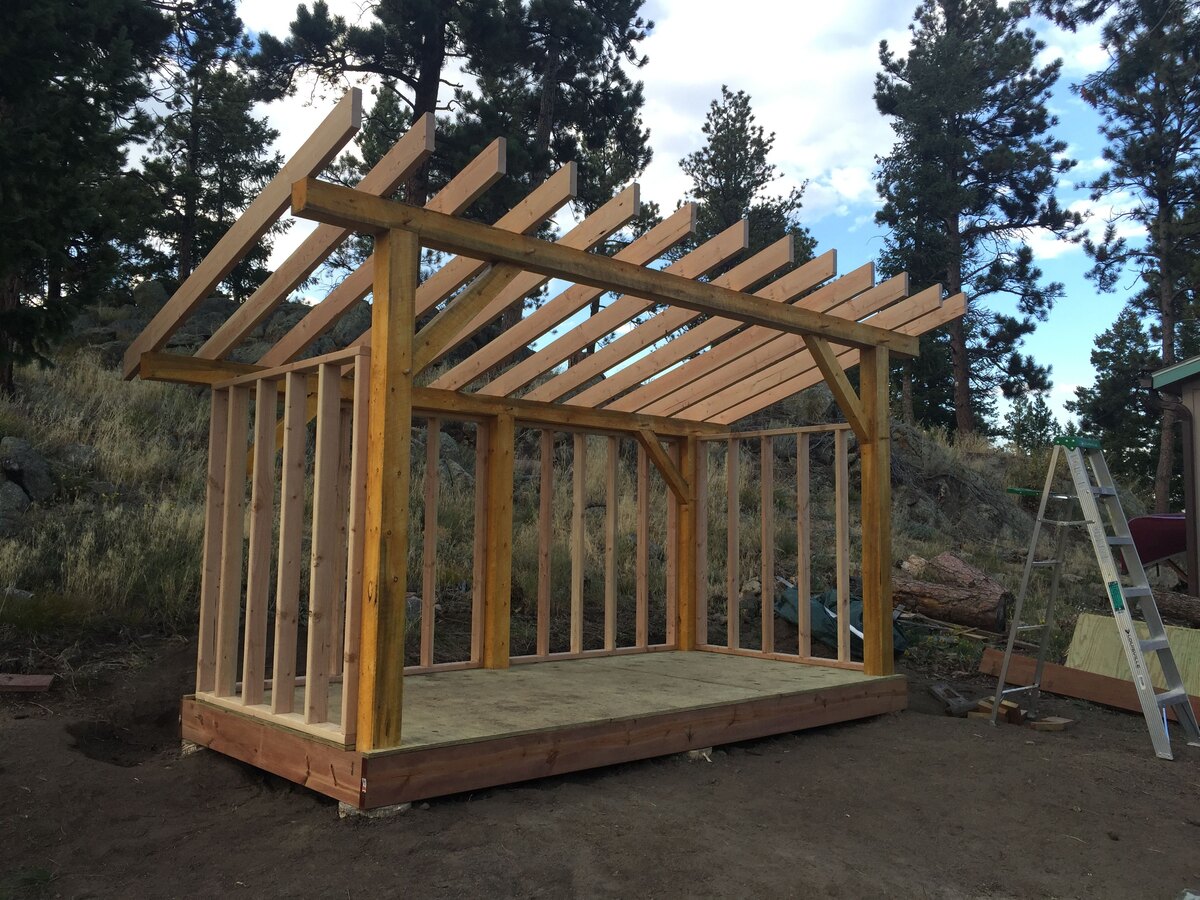
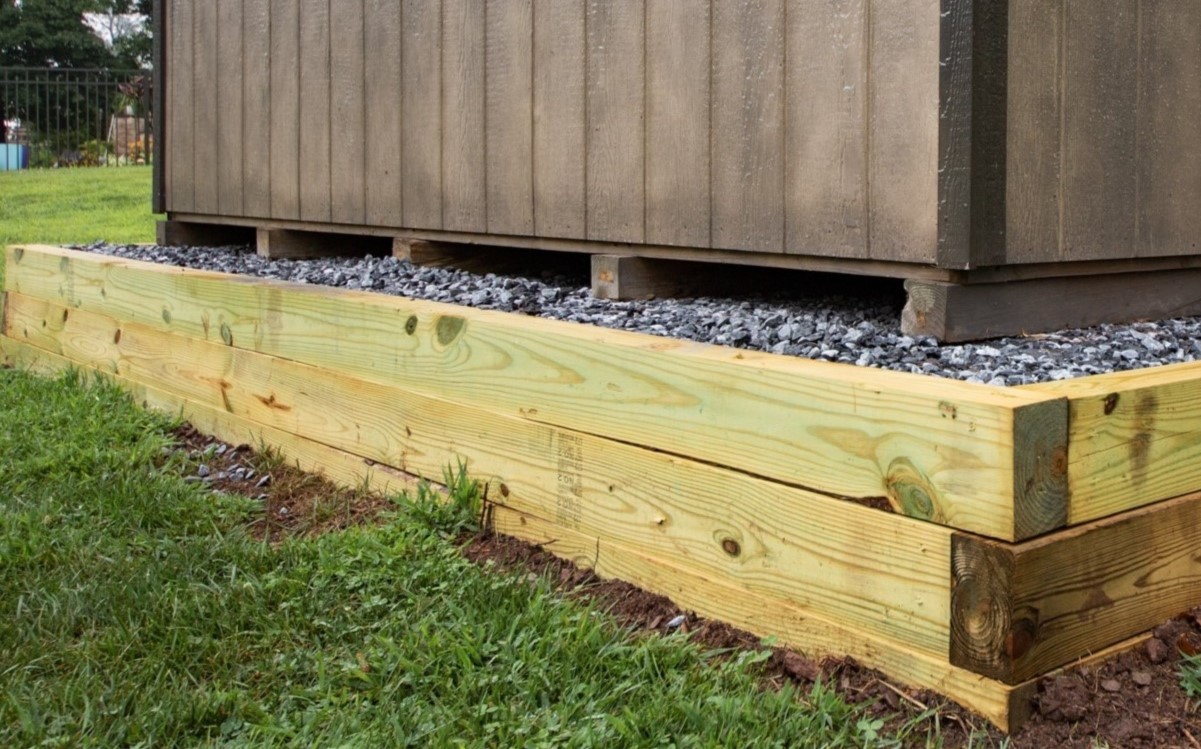
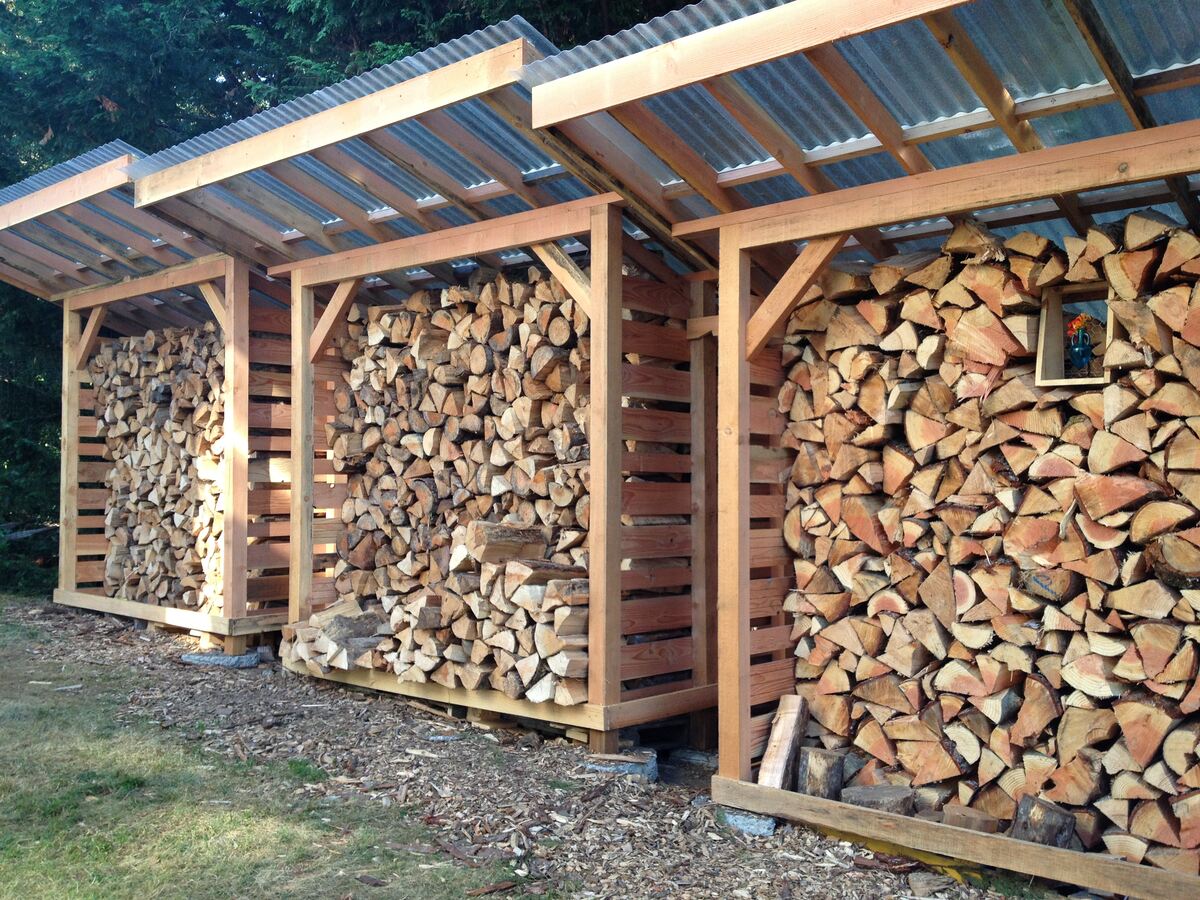
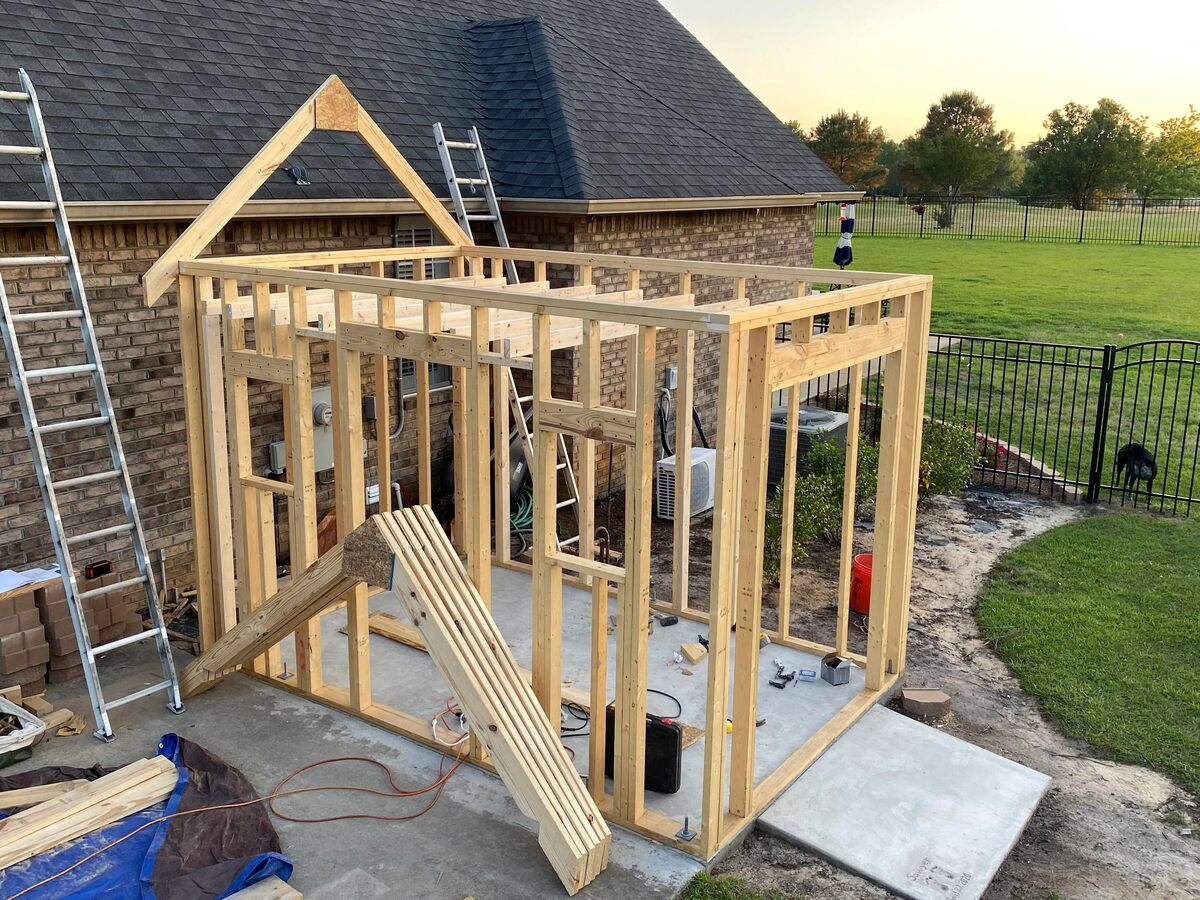

0 thoughts on “How To Build A Log Cabin Shed”